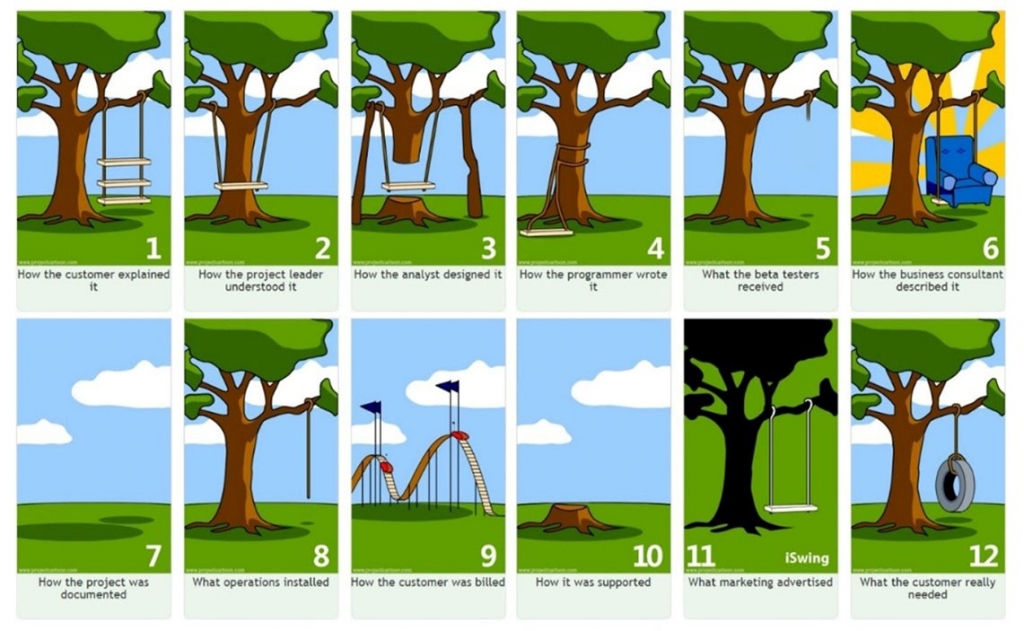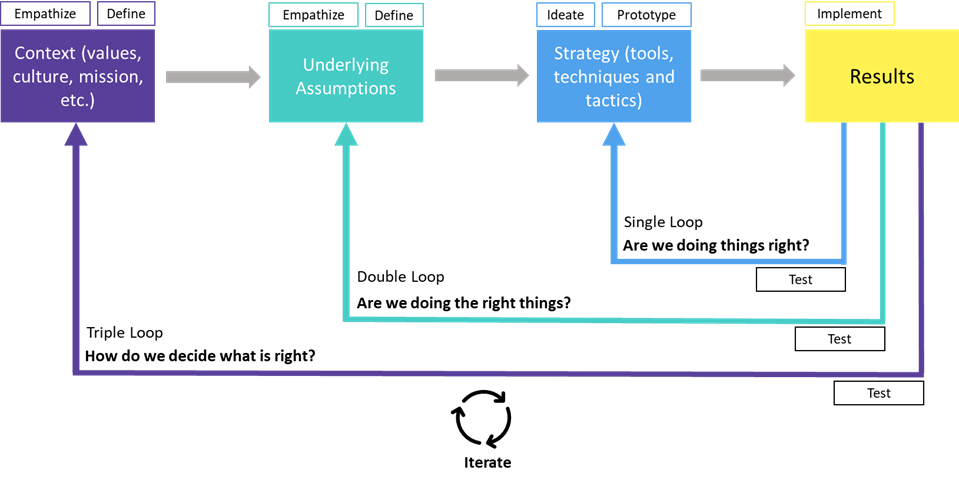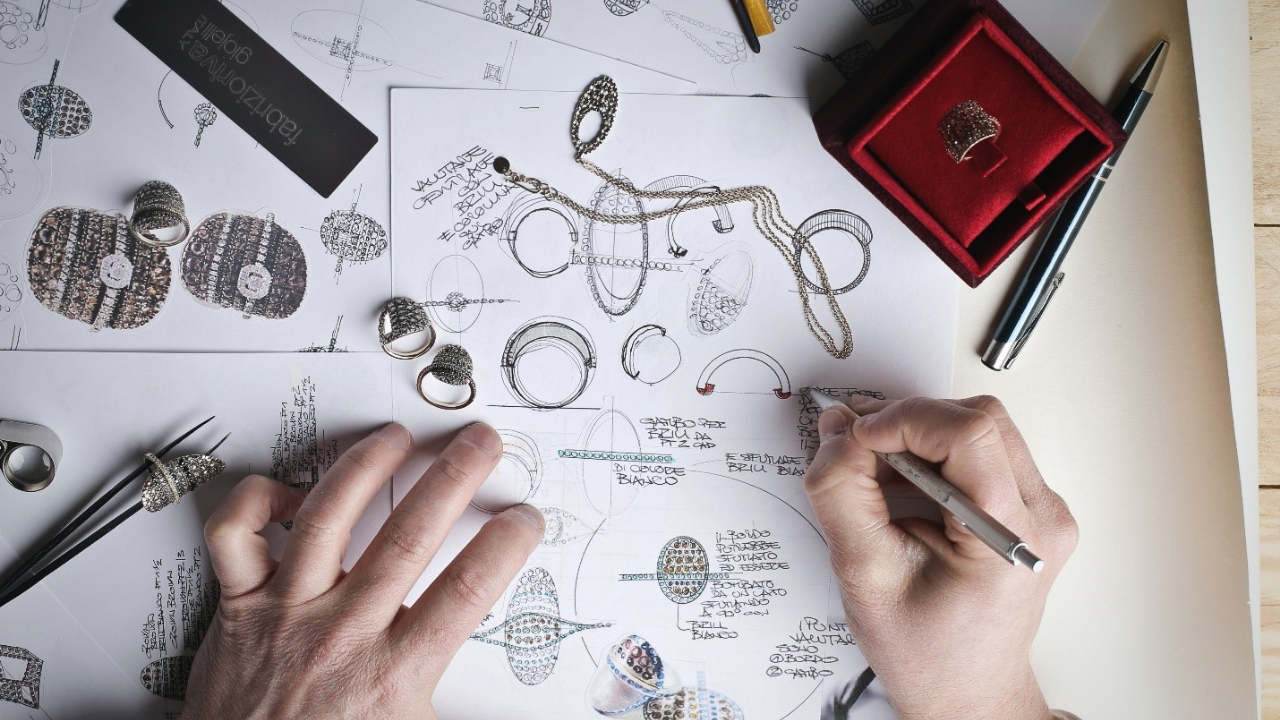A word, millions of interpretations!
You probably have seen the “tree swing cartoon.” The illustration goes back to the 1970s. It was illustrated to show that communication entails saying and hearing have the same meaning. The image was amended to use in many contexts, such as design and software development. See the picture below:

Source: www.theprojectcartoon.com
Having the tree swing cartoon in mind, in this article, I will briefly talk about the prototype and test phases as we come to the end of the “how” part of Design Thinking for Change Management.
Prototyping in Change Management
Previously, I talked about the define and ideation phases in design thinking.
A prototype generally is a first, typical or preliminary model of something. One of the most tangible differences between design thinking and traditional business thinking is the idea of prototyping. The tree swing cartoon above can tell you why we need to prototype. Simply because after empathizing, defining, and ideating and all the co-creation processes, we need to make sure that we are talking about the same concept with the stakeholders.
Product developers use the concept of MVP. MVP stands for Minimum Viable Product, and it is the least designed version of a new product that still works. In change management, I call it MVC, which stands for Minimum Viable Change. MVC means to make changes with a minimum number of people and as little money and expenses as possible. MVC also applies to the change plans, specifically communication and training plans.
As change practitioners we need to be open to:
- Be comfortable with small deliverables
- Fail fast and early
- Learn fast from failures, act quickly and iterate
For prototyping, we should consider:
- A diverse group of stakeholders
- The immediate resources available, and
- The strategic priorities
To design an MVC we also can refer to the stakeholder journey maps which we created from the empathizing phase. One question that comes to mind here is: what do we do with an MVC? The short answer is testing and implementing.
Test and Implement
In the previous article, I used the single-loop and double-loop learning concepts of Chris Argyris. I complete the conversation here with triple-loop learning. As you see in the illustration below, MVCs from the prototyping phase need to roll out to the selected group of stakeholders. For each MVC, we ask the three main questions of triple-loop learning:
1- Is this MVC right?
2- Are we implementing the right MVC?
3- How do we decide if the MVC is right?
To answer these three questions, we go back to evaluate the context and/or the underlying assumptions and current MVCs and strategies we already developed. This is the testing process.
For the testing phase, we should consider to:
- Develop testing criteria (Context, Assumptions, Strategy)
- Change success KPIs
- Cross-check with different sources of data
- Test our assumptions with actual stakeholders

After testing the MVCs, we can implement the changes, and in this phase, we can be confident that change is adopted with the least resistance and risks. Successfully implementing changes need to get celebrated, and stakeholders need to get recognized. As human beings, we need to feel that we play a role in our destiny and, in this case, changes that impacted our lives. Celebrating small wins is one of the most critical steps of the co-creation process. It helps reduce change fatigue and change sense of complexity.
To sum up, I should acknowledge that the six articles on the series “Design Thinking for Change Management” are comprehensive but very simple. I wrote them to give you a sense of why and how we use design thinking in our change management practices. However, these articles by no means are enough to get the best out of design thinking. There are many tools and techniques associated with design thinking. Of course, when and how to use these tools are so important. For example, we need to determine which tool we use depending on the change phase. Are we in the research and initiation phase? Preparation phase? Re-evaluation phase? Or even the roll-out phase?
If effectively use, design thinking can make your life easy, and if not correctly used, it might complicate change management. If we co-create our change plans with those impacted by organizational changes, we can create adaptable and sustainable changes and resilient organizations.
To your personal and professional growth,
Dr. BehNaz Gholami







